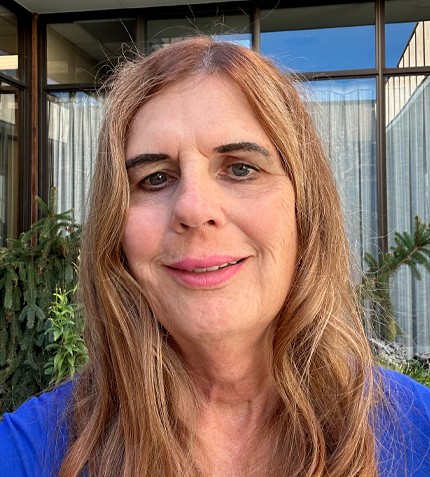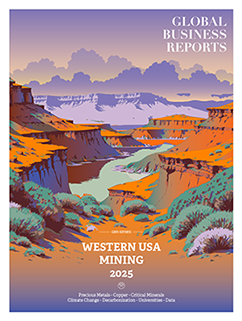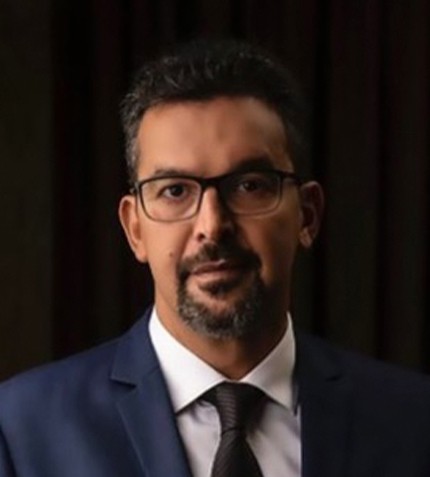
"We recently completed a 10-year mine plan that contained over 5,000 excavations, with several production schedule alternatives for economic evaluation. These detailed plans and flexibility were unimaginable thirty years ago."
RELATED PUBLICATION
Dagny Odell
OWNER, PRACTICAL MINING
Can you discuss key milestones for Practical Mining in 2023 and early 2024?
We are currently working on projects in Nevada, Idaho and Mexico. Most of our work is gold and silver but we have worked on base metal and industrial mineral projects. Recently, we added lithium and gemstone producers to our client list.
How has demand for your services evolved over the past year?
Our forte lies in geological modeling, mineral resource and mineral reserve estimates, mine planning, and tying these together with economic analysis. If required, we also prepare public disclosure reports either under Canadian NI 43-101 or US SK-1300 regulations. The need for these services is growing and we will continue to produce high quality results in these areas.
How have you seen mine planning evolve over the years?
It has evolved from simple ore and waste plans produced manually, to highly detailed computer assisted plans tracking many various rock types, metallurgical characteristics and even royalty positions. We recently completed a 10-year mine plan that contained over 5,000 excavations, with several production schedule alternatives for economic evaluation. These detailed plans and flexibility were unimaginable thirty years ago.
How has the labor shortage affected Practical Mining and the industry?
The labor shortage has impacted everyone in the industry. To counter this, we strive to leverage technology to produce quality results for our clients faster than in the past. We focus on increasing our client’s productivity through detailed mine planning and using technologies like LiDAR to streamline processes. For example, a drone survey can map an underground mine excavation in about 10 minutes without exposing the pilot to potential hazards or interfering with mine operations.
What challenges do deeper mines pose, and how does Practical Mining address them?
Rock temperature and in situ stress increase with depth below the surface. It is not uncommon on deep mines for the heat index to exceed 100°. Mine engineers must include plans to deliver enough fresh air volume to the lowest levels of the mine to insure safe working conditions. In extreme cases quantity alone may not be enough to counter the high temperatures and cooling plants will be required. It is important to recognize the need for temperature mitigation early in the design phase of a project and adjust the design specifications accordingly.
High in situ stresses can lead to potentially fatal rock falls, pillar crushing or rock bursts. Engineers must recognize these hazards and employ the appropriate mitigation plan. This may require altering the size, orientation and sequence of extraction of mine excavations. Additional ground support may also be needed.
How does Practical Mining contribute to environmental stewardship in the mining industry?
Environmental stewardship, like safety, must be part of the overall strategy from the start. A simple example would be to incorporate reclamation plans in the design and construction of waste rock disposal facilities. Another common issue faced by many mines is identifying rock types that may be potentially harmful to the environment, determining the quantities of each that may be encountered over the life of the mine and including mitigation measures in the early design of a project. These practices help our clients achieve their environmental goals while maintaining operational efficiency.
How can mining companies stay profitable during economic changes?
Maintaining profitability starts with having the right metrics and tracking productivity, costs, and consumption rates. These factors should be built into the budget, one-year, three-year and life-of-mine plans. By closely monitoring these metrics, companies can recognize the source of cost increases and adopt appropriate measures to maintain profitability.
What does the 20th anniversary mean for Practical Mining, and how will you celebrate?
We will just keep doing what we do best: focusing on providing high-quality services to our clients. This milestone is a testament to our passion for the work and our commitment to overcoming challenges and delivering for our clients.
What are Practical Mining’s goals for 2024 and into 2025?
We are working on developing internal software to streamline portions of the design workflow. Our workload is seeing an increase in merger and acquisition activities. Demand is also increasing for our planning and mineral reserve and resource disclosure reporting services. We are looking forward to meeting the evolving needs of our long-term client base and adding new clients too.











